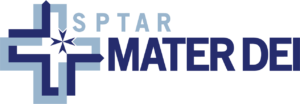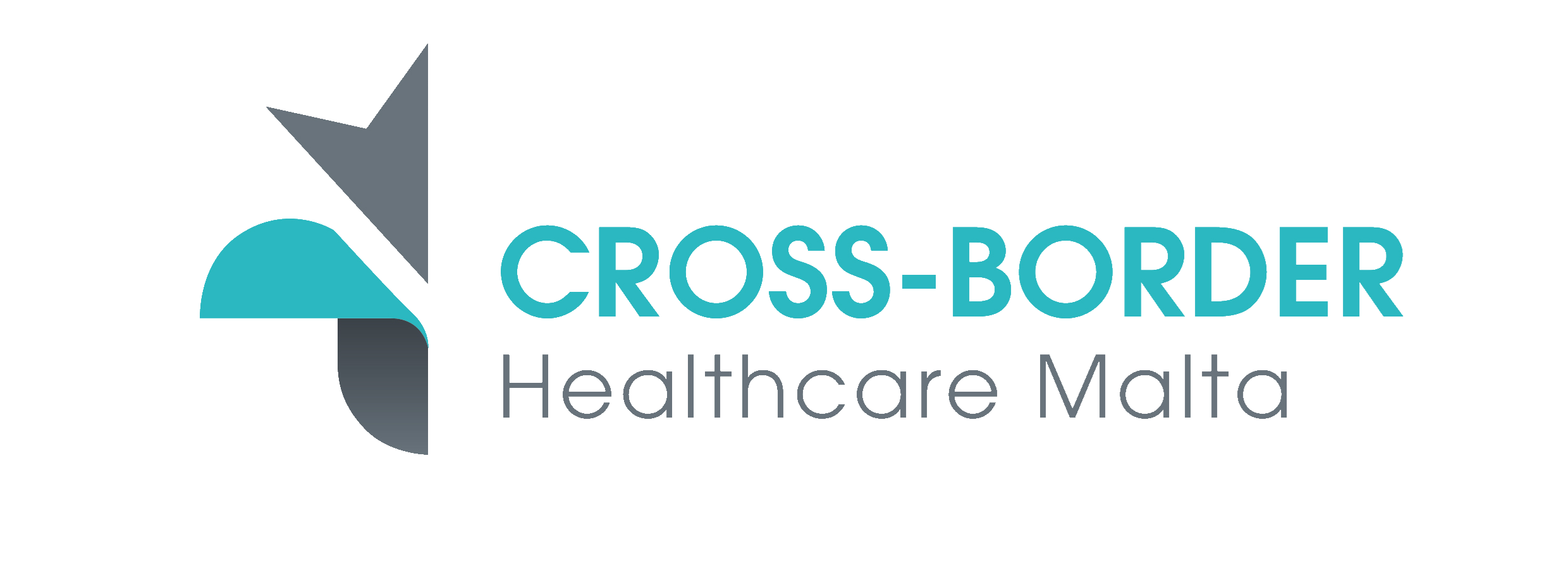European Reference Networks
European Reference Networks are Networks for Rare Diseases that bring together the best expertise on RDs in the Europe Union Member States (EU MSs) and Norway. They work towards achieving equal access for diagnosis, management and treatment for Rare Disease patients across the EU MSs and Norway. The ERNs through the European Commission (EC), provide a virtual platform for discussing patients with difficult and complex rare conditions, amongst high level expert Members from various centres of expertise across Europe. Mater Dei Hospital is designated as a National Coordination Hub, Affiliated Partner within the ERNs with cooperation agreements with all the 24 European Reference Networks for Rare Diseases. The implementation of the 24 agreements with the ERNs started in May 2021. MDH consultants can access EU-wide expertise on rare diseases by requesting a consultation through a dedicated online clinical platform that is GDPR compliant and specifically designed for this purpose by the EU. The cross-border system of referral is used for these cases and to date we have had several cases uploaded and discussed using this dedicated clinical platform.
While patients have direct Access to all 24 Networks this service is Consultant-led and therefore referral with experts through the online platform is through the Consultant in charge of the patient.
- Consultations are initiated by the patient’s consultant at Mater Dei Hospital. Patient consent is always required to proceed with referral to these networks and a system kicks off through the treatment abroad committee for approval. Referrals are anonymised accordingly to ensure conformity with data protection legislation.
- Patients also have the right to directly contact the ERNs, whereby the ERNs contact the coordination set up at Mater Dei Hospital and each case is dealt with accordingly,.
Frequently Asked Questions
- Patients with complex or rare diseases
- Clinicians and Healthcare Professionals
- Researchers in the field of complex and rare diseases
- Countries where there is no specialisation in the field of the specific complex and rare disease
- To review a patient’s diagnosis and treatment, ERN coordinators convene ‘virtual’ advisory panelsof medical specialists across different disciplines, using a dedicated IT platform and telemedicine tools.
- The process and criteria for establishing an ERN and for selecting its membersare set in EU legislation.
- Check the brochure for more information: European Reference Networks (ERNs) (europa.eu)
Locally a patient with a Rare Diseases/condition needs to be referred for discussion with the ERNs by the Consultant through a standard procedure similar to the Treatment Abroad referral procedure
MDH is the National coordinating hub for all the current 24 European Reference Networks and is an Affiliated Partner in all the ERNs. A National Coordinator for ERNs who is part of the Treatment Abroad Section within MDH is the focal point for all ERN and CPMS based activities. Carol Fenech can be reached on 25457158 or on email: carol.fenech.1@gov.mt for further information.
The Clinical Patient Management System is an online tool developed by the EU so that networking among the different Clinicians is possible through the ERNs
The CPMS is a safe environment where patient information can be shared in a secure and protected manner. Patient personal information is not uploaded and the data provided online is of the rare disease. All data is therefore anonymised and there is no risk of data protection infringement. The patient may also give consent to be contacted for research purposes and to be listed in the Rare Disease register. No data is processed without prior patient’s consent
Facts about ERNs
The first ERNs were launched in March 2017, involving more than 900 highly-specialised healthcare units from over 300 hospitals in 26 EU countries. These will double in the coming year because a new membership drive has been launched because of the success of the networks. 24 ERNs are working on a range of thematic issues including bone disorders, childhood cancer and immunodeficiency. All ERNs have a website with all the required information per network including the rare diseases covered and the Members and affiliated partners involved.
List of European Reference Networks
-
ERN BOND
Bones
-
ERN CRANIO
Craniofacial anomalies and ear, nose and throat (ENT)
-
ENDO-ERN
Endocrine conditions
-
EpiCARE
Epilepsies
-
ERKNET
Kidneys
-
ERNRND
Neurological Diseases
-
ERNICA
Inherited and congenital anomalies
-
ERN LUNG
Respiratory Diseases
-
ERN-Skin
Skin Disorders
-
EURACAN
Rare adult cancers (solid tumours)
-
ERN-EuroBloodNet
Haematological diseases
-
EURO-NMD
Neuromuscular
-
ERN-EYE
Eyes
-
ERN GENTURIS
Genetic tumour risk syndromes
-
GUARD-HEART
Diseases of the heart
-
ERN ITHACA
Rare congenital malformations and rare intellectual disabilities
-
MetabERN
Hereditary metabolic conditions
-
ERN PaedCan
Paediatric Cancer (Haematoncology)
-
Rare-LIVER
Hepatological diseases
-
ReCONNET
Connective tissue and musculoskeletal diseases
-
RITA
Immunodeficiency, autoinlammatory and autoimmune diseases
-
TransplantChild
Transplantation in children
-
VASCERN
Rare multisystemic vascular diseases
-
EUROGEN
Urogential diseases and conditions
Clinical Focal Points
Each ERN has its local Clinical focal points all based at MDH.
For further information about the ERNs please ask your respective Consultant/s, who will be able to liaise with the ERN office at Mater Dei Hospital.

Legislation
- Directive 2011/24/EU on patients’ rights in cross-border healthcare
- Commission delegated decision (annex) defining the criteria and conditions that healthcare providers and the ERNs should fulfil
- Commission implementing decision (annex) defining criteria for establishing and evaluating ERNs
- Commission Implementing Decision (EU) 2019/1269 of 26 July 2019 amending Implementing Decision 2014/287/EU
Coordination
The ERN initiative is mainly driven by EU countries. The Board of Member States is the formal body in charge of the approval and termination of networks and memberships as provided in the Commission’s Implementing Decision. The Board is comprised of representatives of all EU countries and EEA countries.
Monitoring System
18 ERN indicators for the ERN monitoring system were adopted by the Board of member States and presented at the 4th ERN Conference.
This framework will help build a quality improvement system, define appropriate outcomes of the ERNs and identify areas of success and potential pitfalls and to demonstrate the added value of the ERNs.
Communication Materials
- Information flyer for patients and healthcare professionals (all EU linguistic versions available)
- Flyer (all EU linguistic versions available)
- Brochure (all EU linguistic versions available)
- Video clips:
- Rare diseases: how the European Reference Networks support patients
- Rare diseases: how the European Reference Networks support health professionals
- ERN featured in the « EU protects » campaign, how the EU connected experts to treat epilepsy
- Information video for patients and healthcare professionals (available with subtitles in all EU languages and Norwegian)
- The stories of Elisa, Paula, Jasper and Daniel (available with subtitles in all EU languages and Norwegian)
- Presentation of the ERNs (Video clip available in all EU languages and Norwegian, with or without subtitle
Learning Opportunities and Networking
ERNs also offer a continuous cycle of educational and training programmes both for patients, patient organisations and health care professionals, and are also actively involved in research programmes, rare disease registries and clinical trials.
Information on this page was last updated on:
- April 29, 2024

